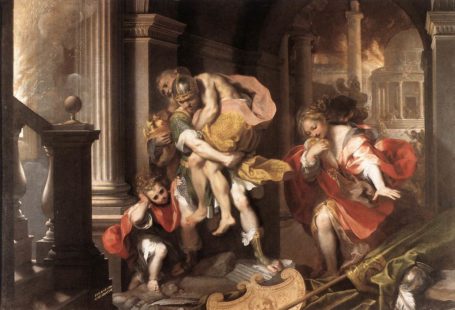The first knowledge we have of any thing is the delight we take in our senses when we encounter the thing (i.e., an artifact, idea, text, etc.). Before we ever analyze the thing, we first recognize that we are aware, in some rudimentary way, that a desire is being satisfied (i.e, the use of one or more of one’s senses). This, says Aristotle, is how we know that mankind, distinct from the animals, desires to know. This kind of knowledge is prerequisite to higher experiences of learning (i.e., judgment, reason, and especially metaphysical or wisdom learning).
Educators can take away from this, that if we want to stimulate in our students the desire to learn, then we can do so by helping our students experience this kind of satisfaction of their desires so they can learn what their desire actually does. Or, as Jonathan Lear says it, “One does not know the content of a desire unless one knows what ultimately satisfies it. By its satisfaction [pleasure] we learn what the desire is desire for.”
One example of this is the way Michael Faraday displayed a burning candle for his audience to watch before he began teaching his annual Christmas lectures, The Chemical History of a Candle. Before analyzing a math problem, a historical or literary text, or the mitochondria of a cell, begin with a relevant painting, poem, music, or anything that first engages the students’ sensory-emotional faculties.




